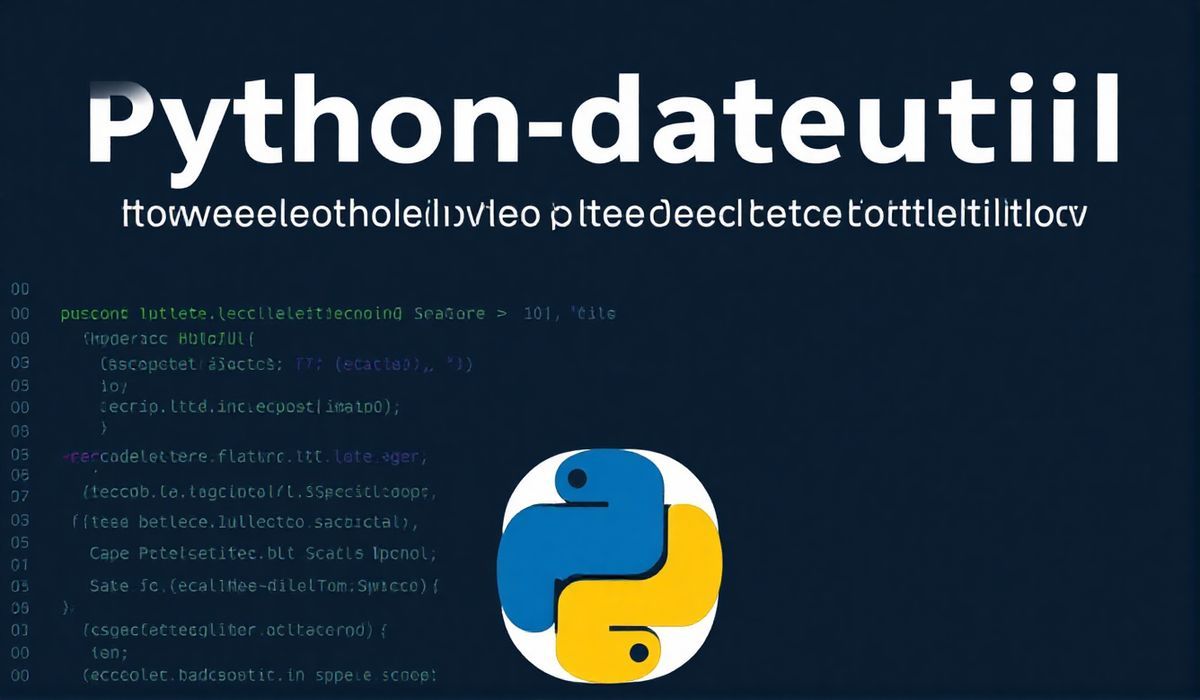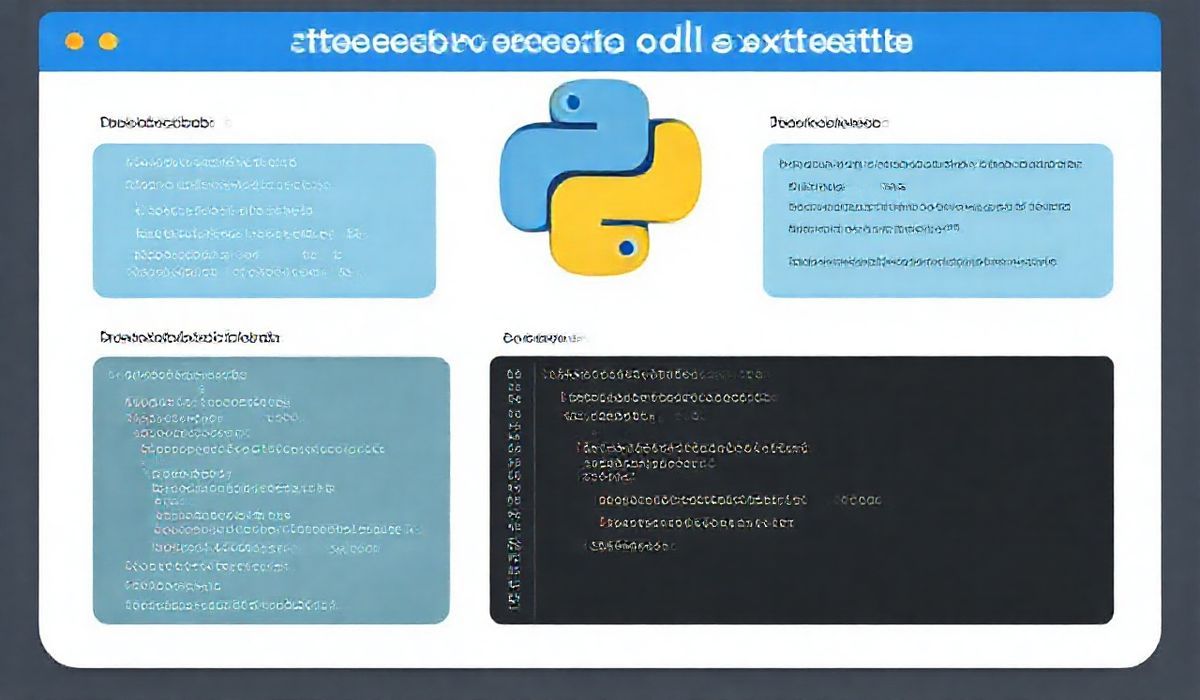Introduction to python-dateutil
The `python-dateutil` library is an immensely powerful extension to Python’s datetime module that provides advanced features for handling dates and times. It is reliable, feature-packed, and simplifies complex date and time manipulations. In this article, we will explore the various APIs provided by `python-dateutil` and how they can be employed in real-world applications. Below are dozens of useful APIs explained with code snippets.
Parsing Dates from Strings
The `parser` module in `python-dateutil` provides the `parse` function that can convert a date string into a datetime object.
from dateutil import parser date_str = "2023-10-15" date_obj = parser.parse(date_str) print(date_obj)
Dealing with Time Zones
The `tz` module allows for robust timezone handling.
from dateutil import tz
local_tz = tz.gettz('America/New_York')
utc_tz = tz.gettz('UTC')
print(local_tz)
print(utc_tz)
Relativedelta: Adding and Subtracting Time
The `relativedelta` module allows you to perform arithmetic operations on dates.
from datetime import datetime from dateutil.relativedelta import relativedelta now = datetime.now() one_year_later = now + relativedelta(years=1) one_month_earlier = now - relativedelta(months=1) print(one_year_later) print(one_month_earlier)
Creating and Using Rrules
The recurrence rule (`rrule`) module enables generation of recurring date and time events based on specified rules.
from dateutil.rrule import rrule, DAILY
from datetime import datetime
start_date = datetime(2023, 1, 1)
rule = rrule(DAILY, count=5, dtstart=start_date)
for date in rule:
print(date)
Handling Daylight Saving Time (DST)
Using `UTC` and `DST` to avoid issues with daylight saving changes.
from datetime import datetime
from dateutil import tz
dt = datetime(2023, 3, 10, 15, tzinfo=tz.gettz('America/New_York'))
print(dt)
API Implementation Example
Below is an example illustrating a real-world application of `python-dateutil` APIs. Let’s create a small app to manage reminders for tasks that account for timezone differences.
import random
from datetime import datetime
from dateutil import parser, tz
from dateutil.relativedelta import relativedelta
from dateutil.rrule import rrule, DAILY
reminders = []
def add_reminder(task, date_str, timezone_str):
date_obj = parser.parse(date_str)
local_tz = tz.gettz(timezone_str)
date_obj = date_obj.astimezone(local_tz)
reminders.append((task, date_obj))
print(f"Reminder added for task '{task}' at {date_obj} {local_tz}")
def show_upcoming_reminders():
now = datetime.now(tz.UTC)
for task, reminder_time in reminders:
if reminder_time > now:
print(f"Upcoming: {task} at {reminder_time}")
# Adding reminders
add_reminder("Doctor's appointment", "2024-06-01 10:00", 'America/New_York')
add_reminder("Team meeting", "2023-11-15 14:00", 'UTC')
# Showing upcoming reminders
show_upcoming_reminders()
This code snippet shows a basic reminder application that adds and checks upcoming reminders adjusted to their respective time zones.
Hash: 796812797a8340f4c5826c2ed8cb3787381c7514af5256840b7cb9c8f623acc6




